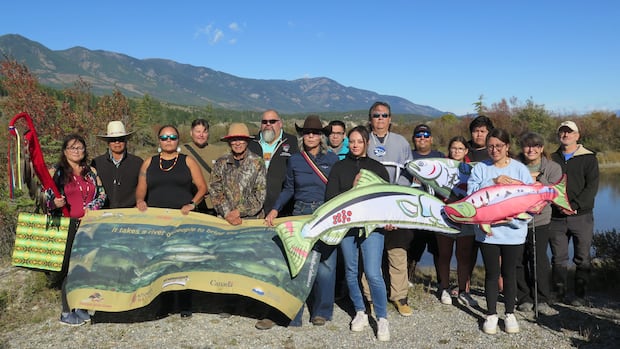A program in British Columbia is celebrating a successful salmon reintroduction effort as two adult sockeye, previously released as juvenile fry two years ago, were recently detected returning up the Columbia River. These fish are among the 10,000 fry released near Castlegar as part of the Bringing the Salmon Home project. The initiative, led by the Columbia River Salmon Reintroduction Initiative in collaboration with the Syilx Okanagan, Secwépemc, and Ktunaxa nations, along with the federal government and the province, aims to restore salmon populations.
Mark Thomas, a Shuswap Band councillor and chair of the initiative, emphasized the importance of this achievement, highlighting that while the number may seem small, the impact is significant. He noted that the return of these fish demonstrates their ability to navigate back to their spawning grounds, with one leading the way for others to follow.
The Columbia River, stretching 2,000 kilometers from the Kootenay region of B.C. to Astoria, Oregon, witnessed the detection of one sockeye nearly 800 river kilometers upstream from the river mouth near Wells Dam in Washington State. The other was found near the Rocky Reach Dam, approximately 60 kilometers south of Wells Dam, representing the current limits of fish passage.
The initiative highlighted the challenges faced by salmon, noting the absence of fish passageways at the Chief Joseph Dam and Grand Coulee Dam, which have contributed to the decline of salmon populations in the region over the past 80 years. Historically, the Columbia River basin supported returns of up to four million salmon, but the construction of major dams has severely impacted their numbers.
Thomas expressed the profound impact of the salmon’s absence on his community, emphasizing the cultural and ecological significance of salmon to their way of life. The Bringing the Salmon Home Initiative, supported by approximately $5.2 million from the B.C. Salmon Restoration and Innovation Fund, aims to address these challenges and restore salmon populations in the region.



